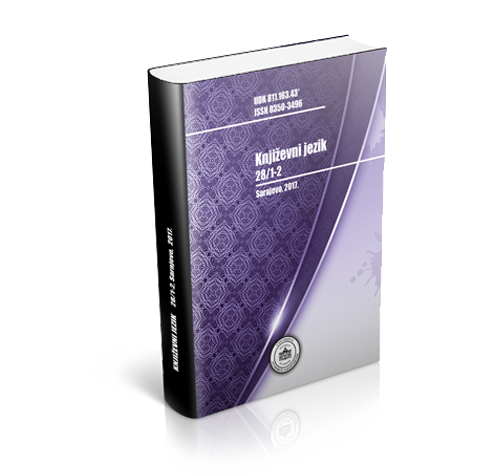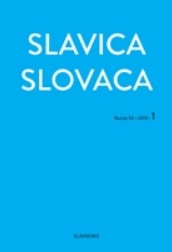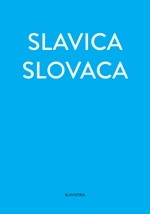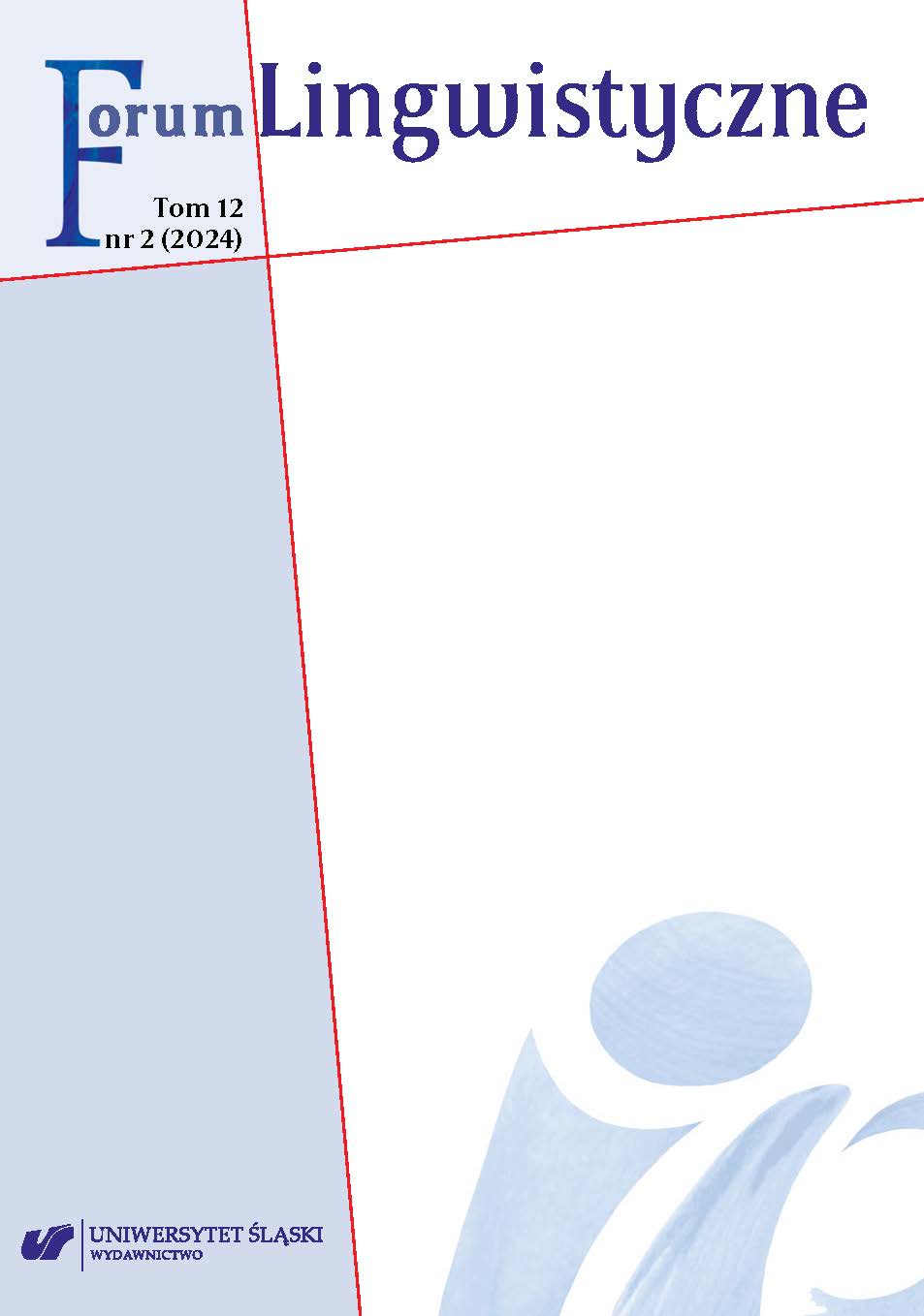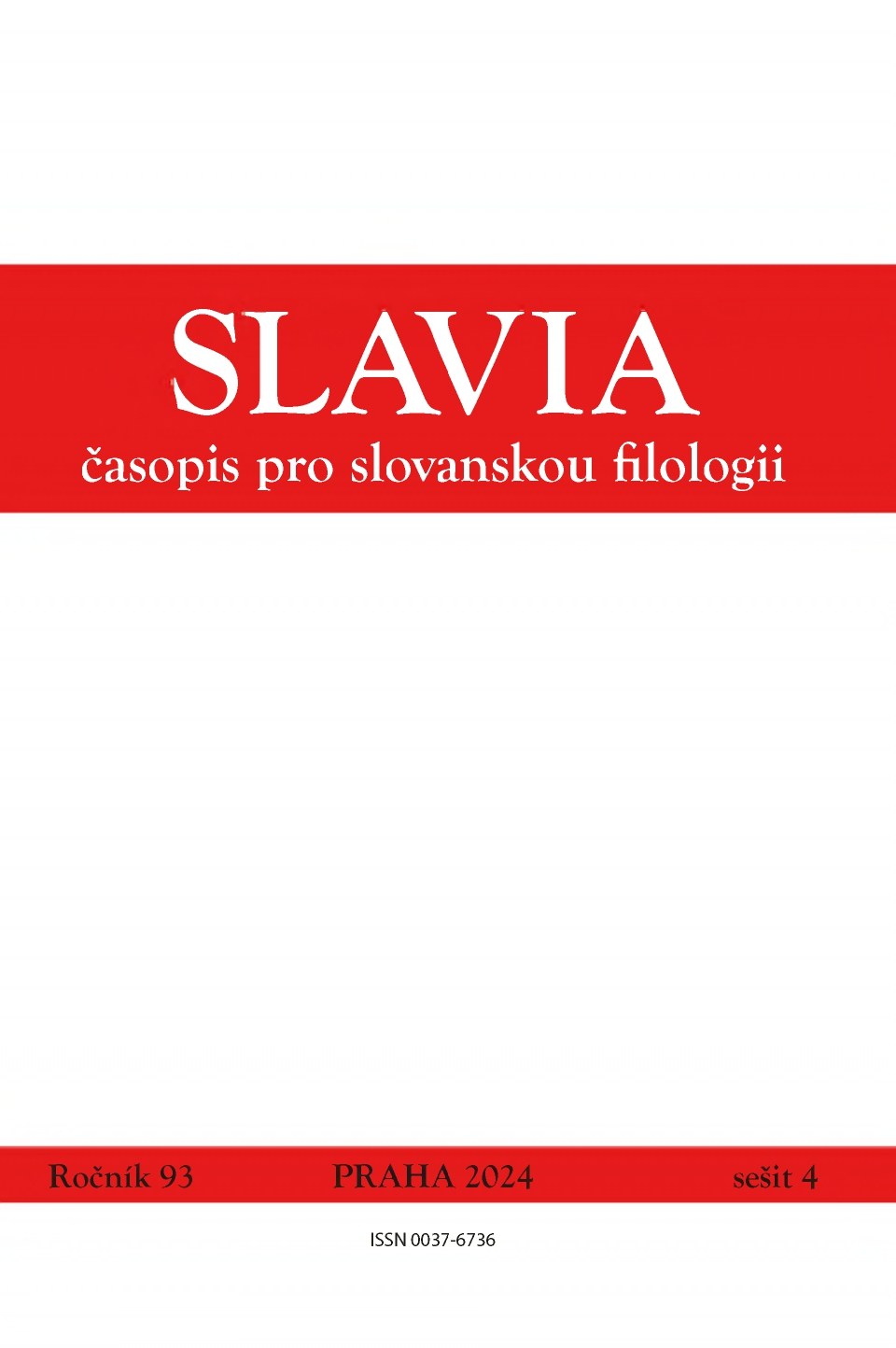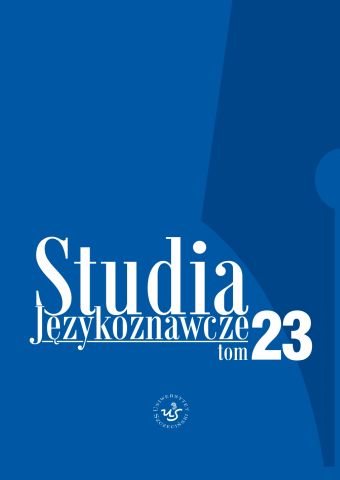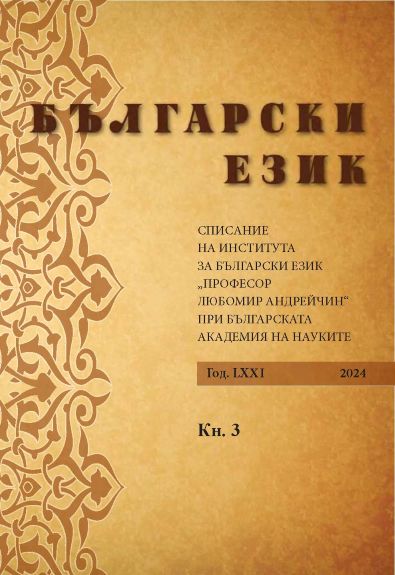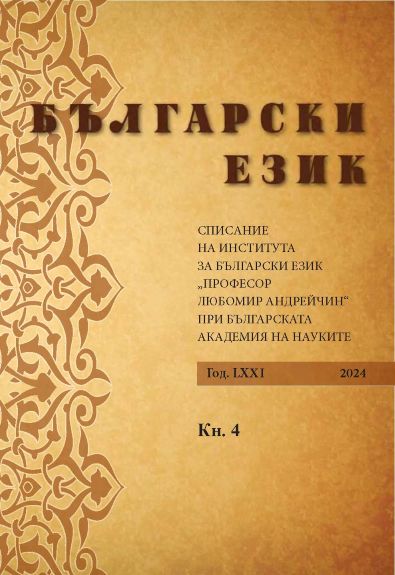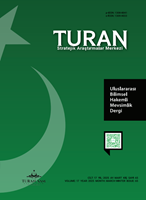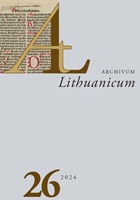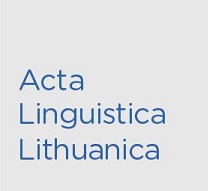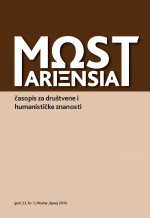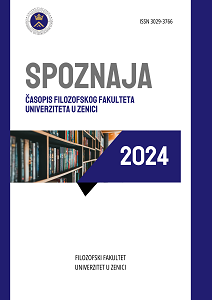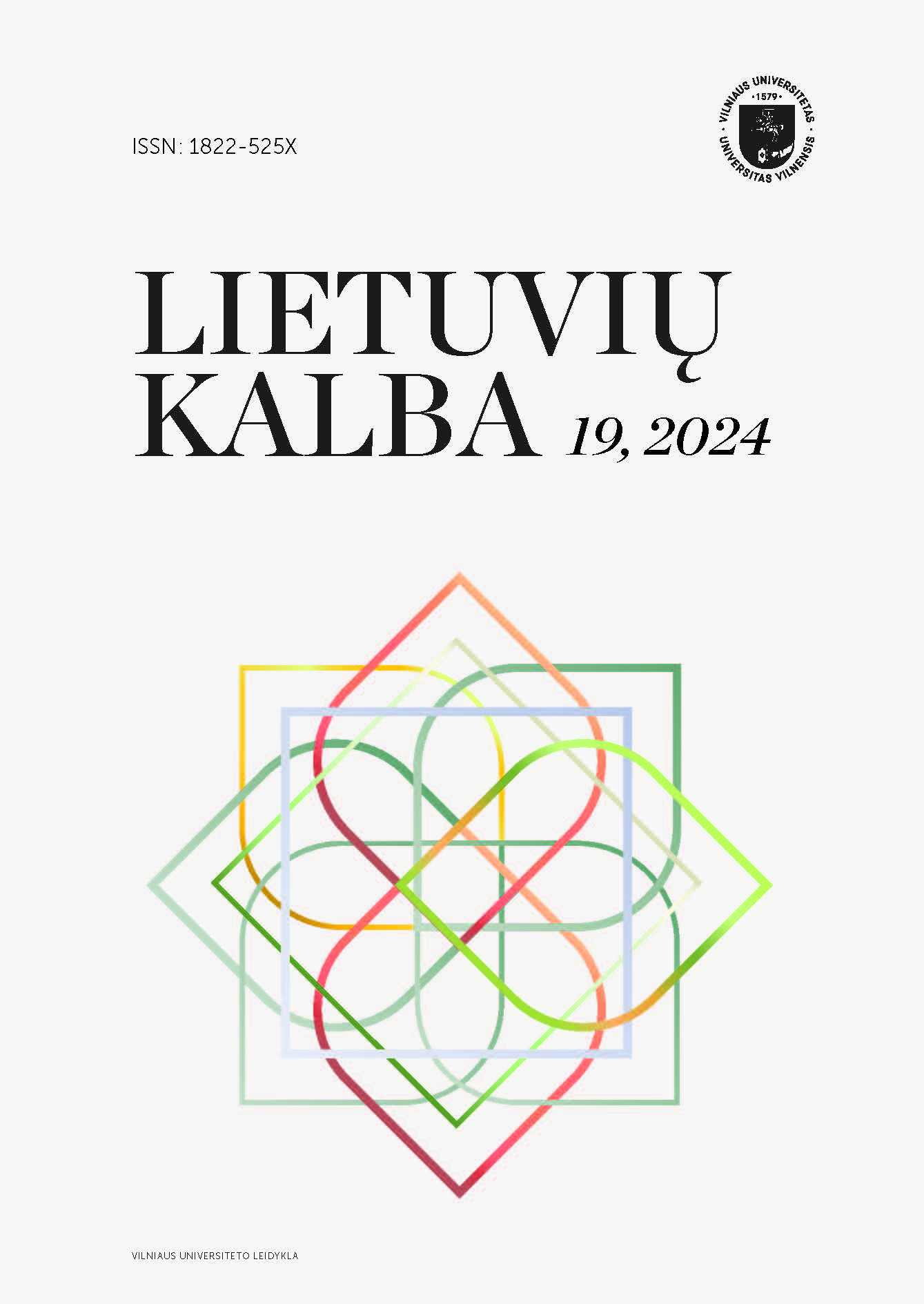Author(s): Agita Baltgalve / Language(s): Latvian
Issue: Special/2025
The era of globalization has endowed cross-language comparisons and issues of translatology with increasing importance. Asian and European cultures come into a closer contact. This results in need and aspiration to create a growing number of translations into foreign languages, including the translation of literary, as well as religious texts. This research concerns written translation studies and focuses on a semantic comparison of terminology in Sanskrit, Tibetan, English and Latvian languages. The main object of the article is the name “buddha” and its synonyms that are very frequent in Buddhist writings. In this case, the treatise “Bodhicharyavatara” by Indian philosopher Shantideva – one of the most translated Buddhist texts in the world – is chosen as the basis. This text was originally written in Sanskrit, but after being translated into Tibetan, it became most wide-spread among Tibetan Buddhists (Nelson, 2016, 405). Since the 20th century, it has been translated into many languages, and has become very popular throughout the world, not only in Buddhist communities, but also among general readers (Brassard, 2012, 6). Most translations have been rendered in English, but with the spread of Buddhism, and especially Tibetan Buddhist schools in Latvia, the availability of Buddhist texts and terminology in Latvian language has become a topical issue. The close historical relationship between Baltic and Indic languages can be mentioned as an advantage in the process of translating Buddhist texts, because both languages reveal many morphological and phonetic similarities. Currently, the author is working on the translation of the “Bodhicharyavatara” from Tibetan into Latvian, therefore it is important to establish the main concepts and to compare them with their Sanskrit and English equivalents. Since the content of the treatise is related to the bodhisattva path of self-cultivation, where the ultimate goal of practitioners is to become a buddha, the word “buddha” is mentioned rather often. Owing to the lyrical style of the text various figurative epithets are used, and Tibetan and English translators have chosen different renderings of buddha’s epithets. Hence, the main goal of this study is to compare buddha’s names used in Sanskrit, Tibetan and English languages in order to find the most appropriate approach in Latvian – both for the relevant translation and for the translation terminology in general. In conclusion, the author offers recommendations regarding methods of either transcribing or translating personal names that can be useful also for translations in other fields and into other languages.
More...
